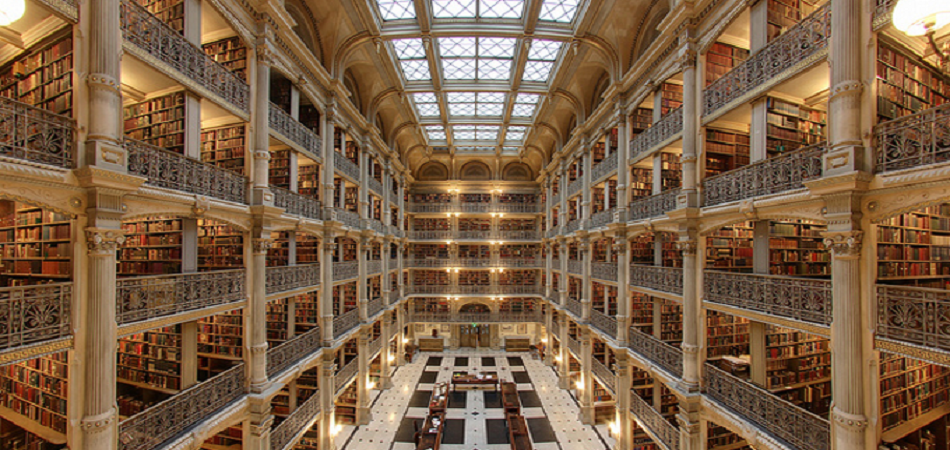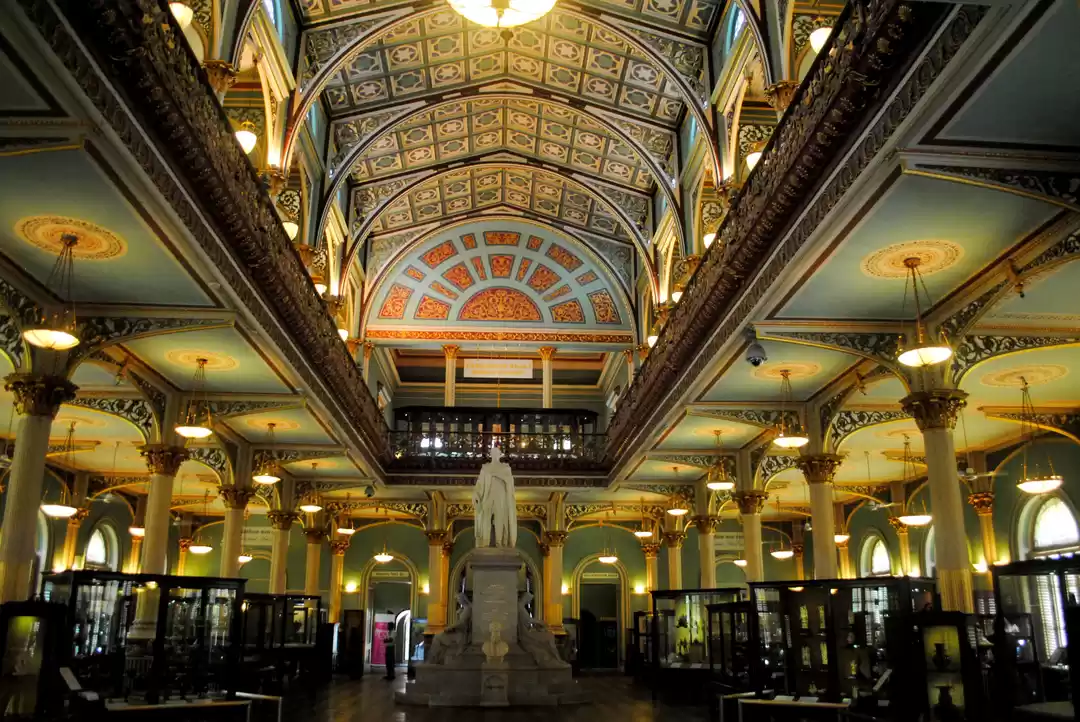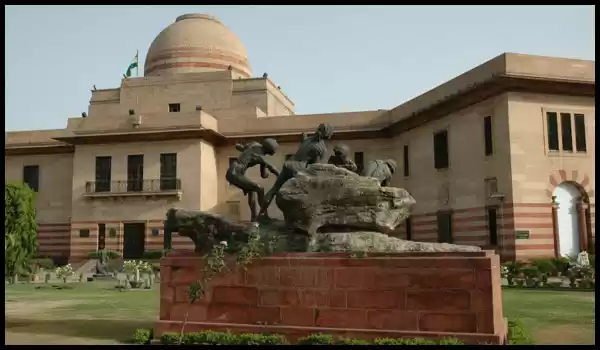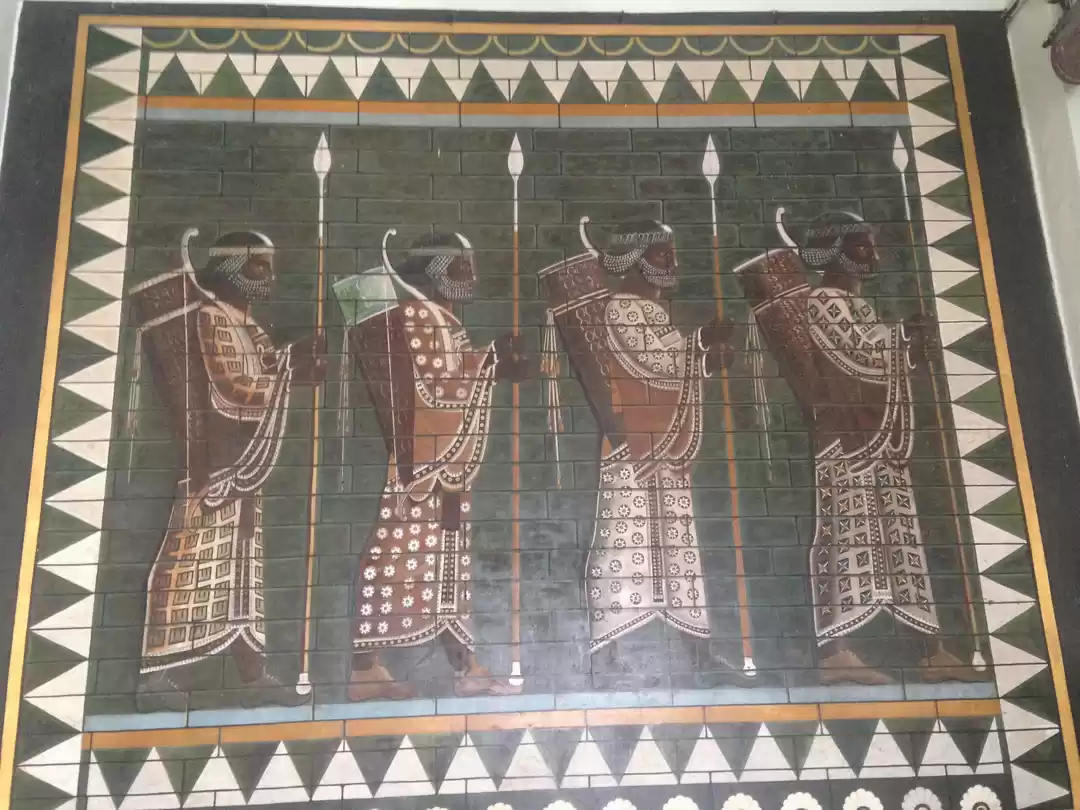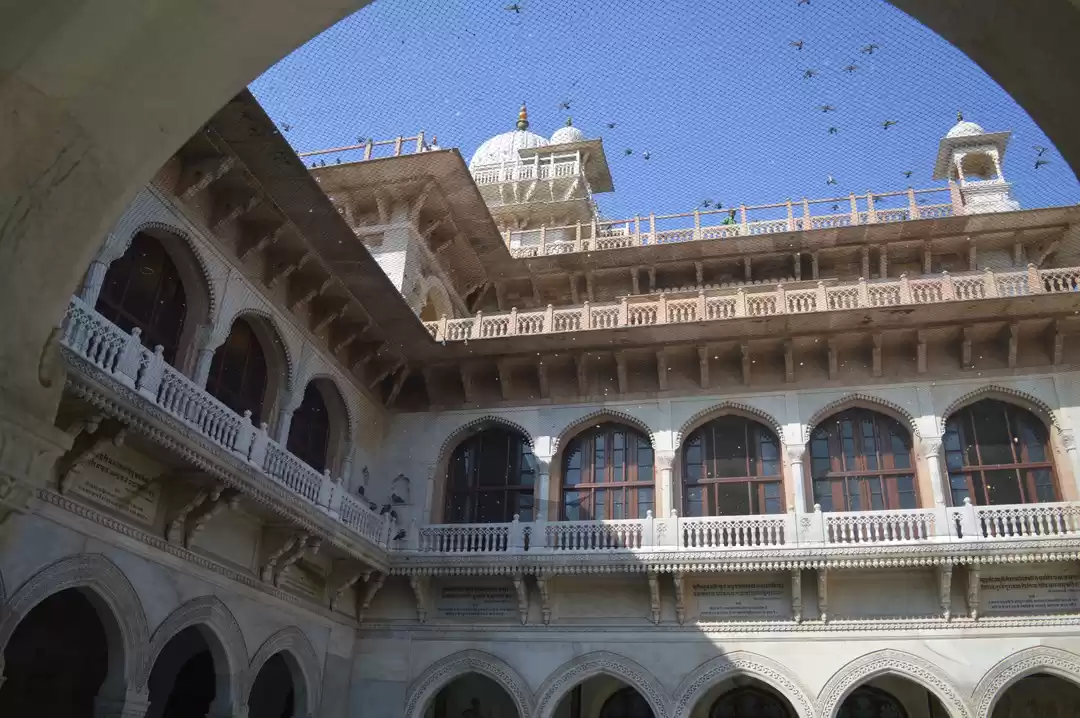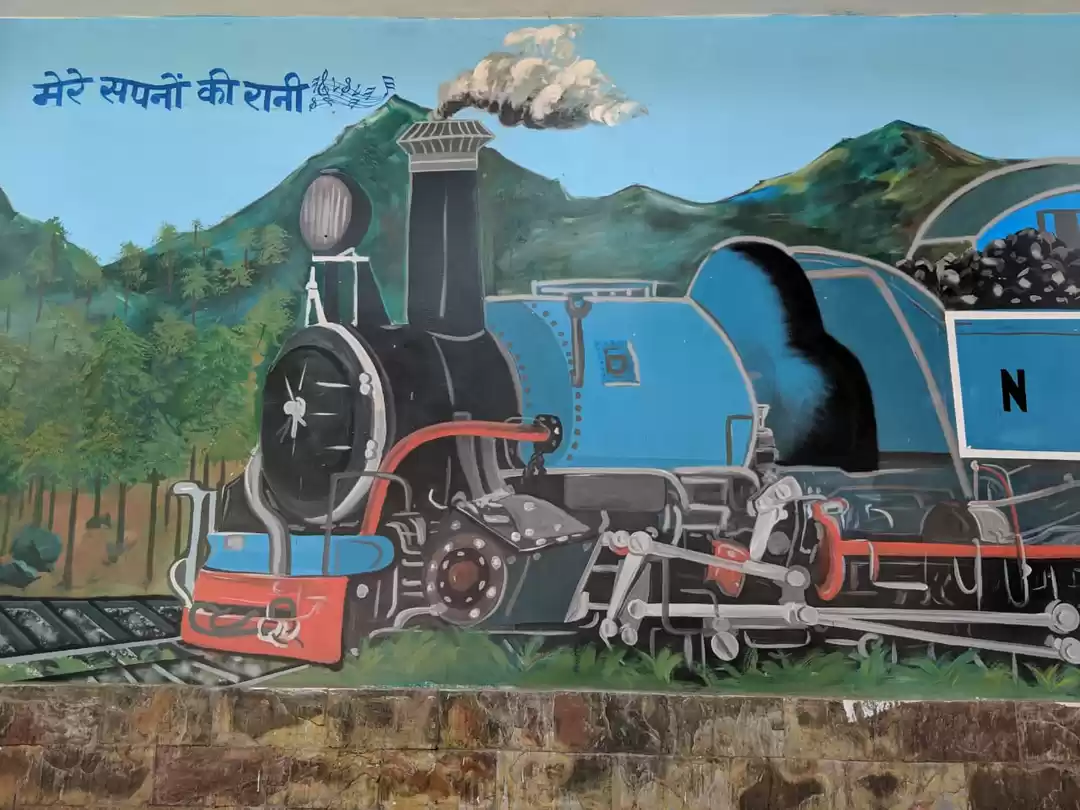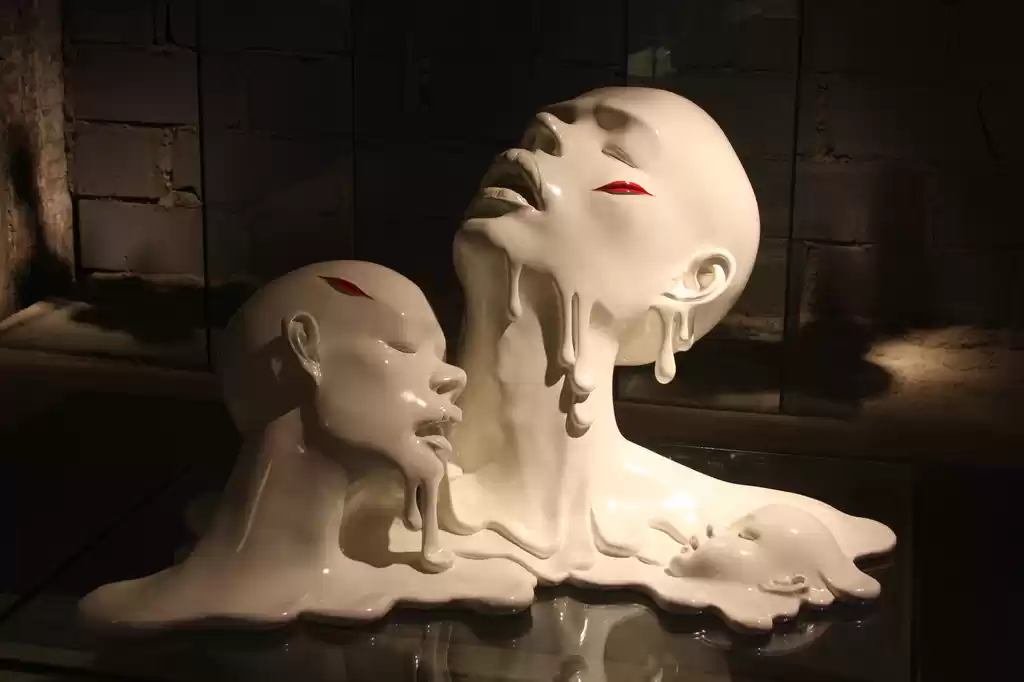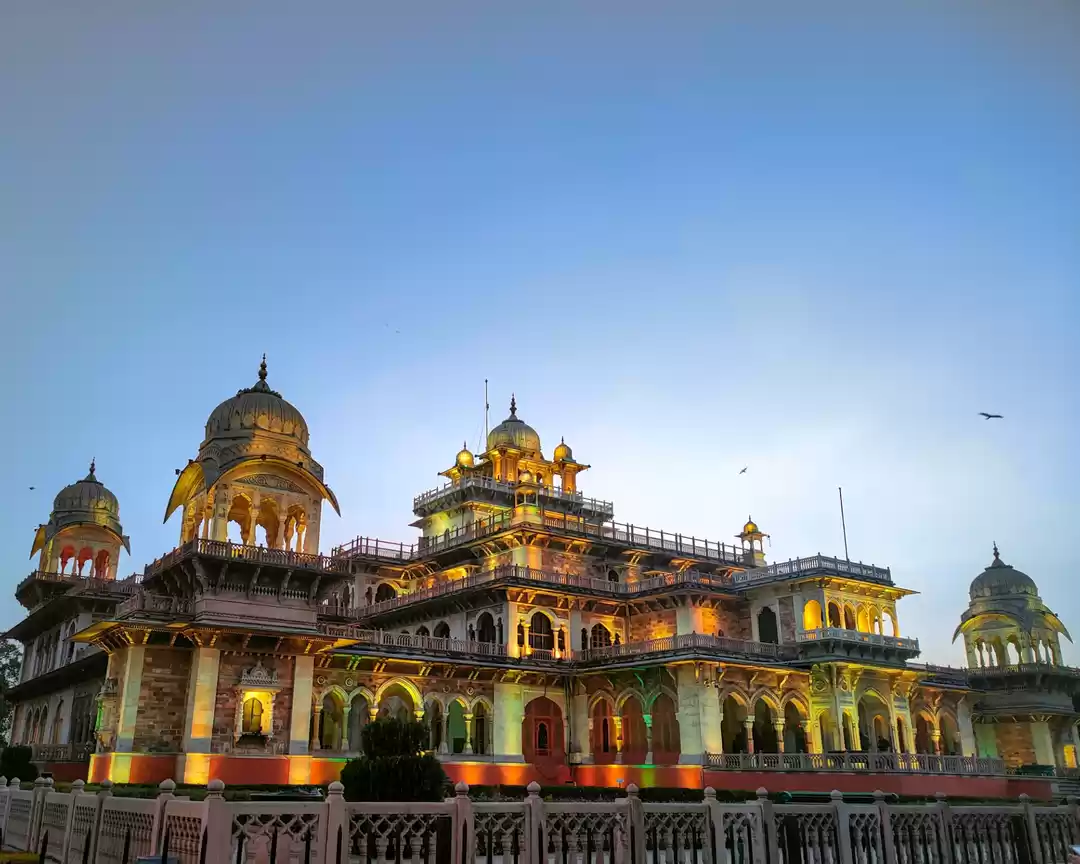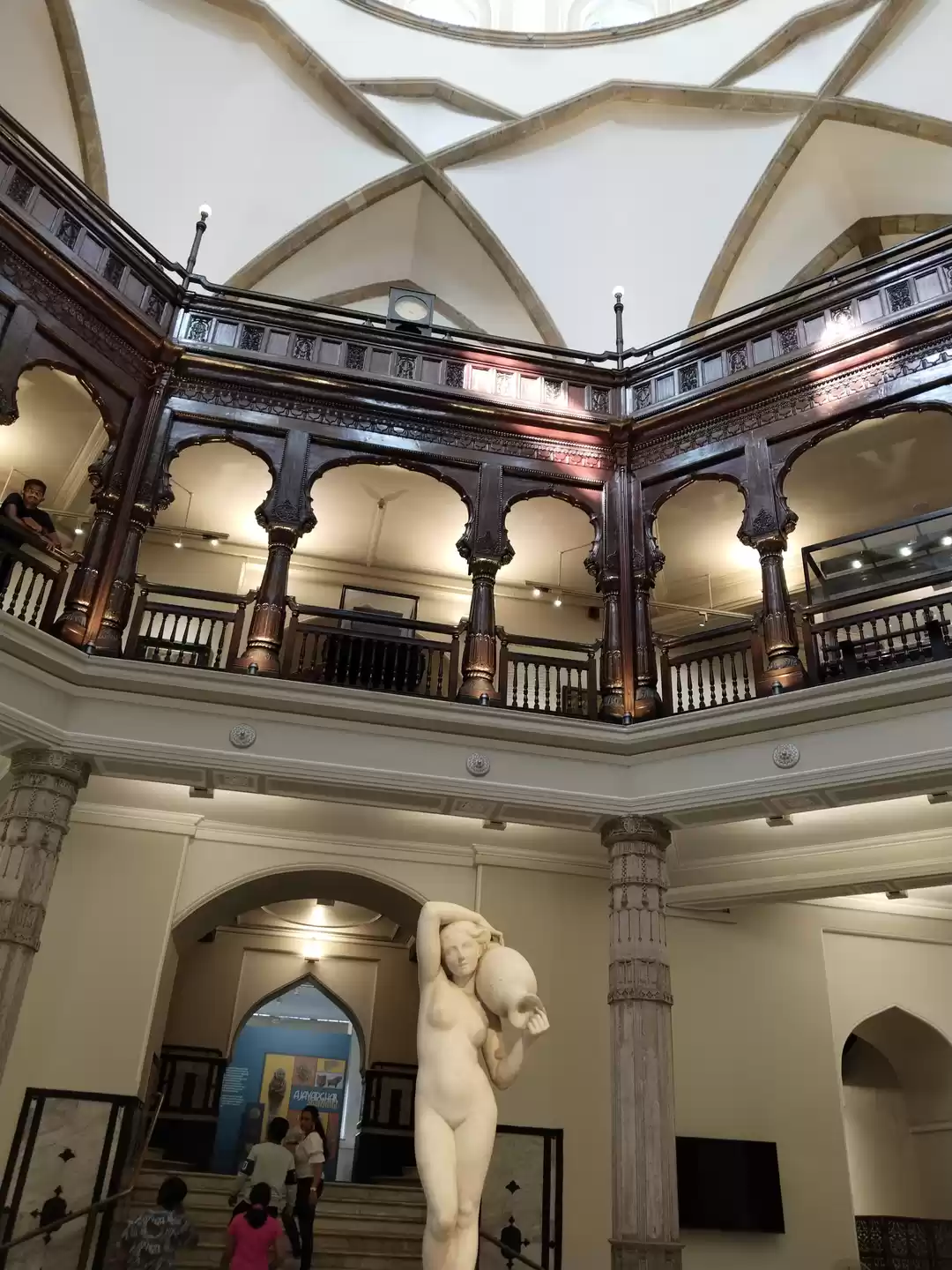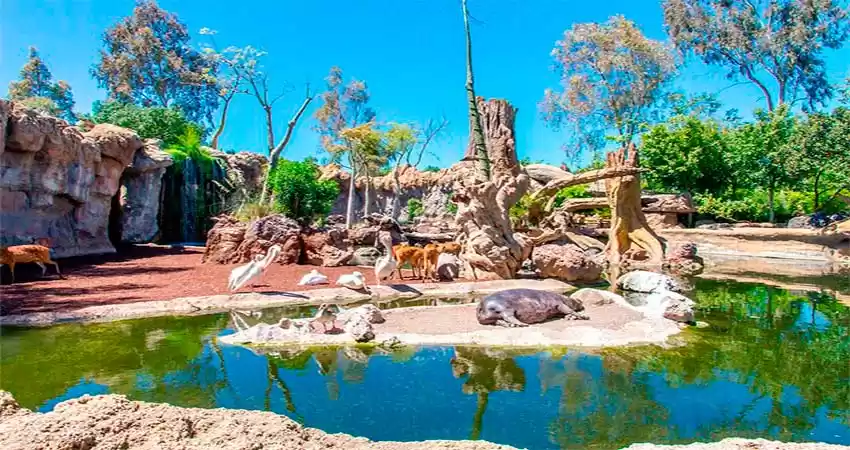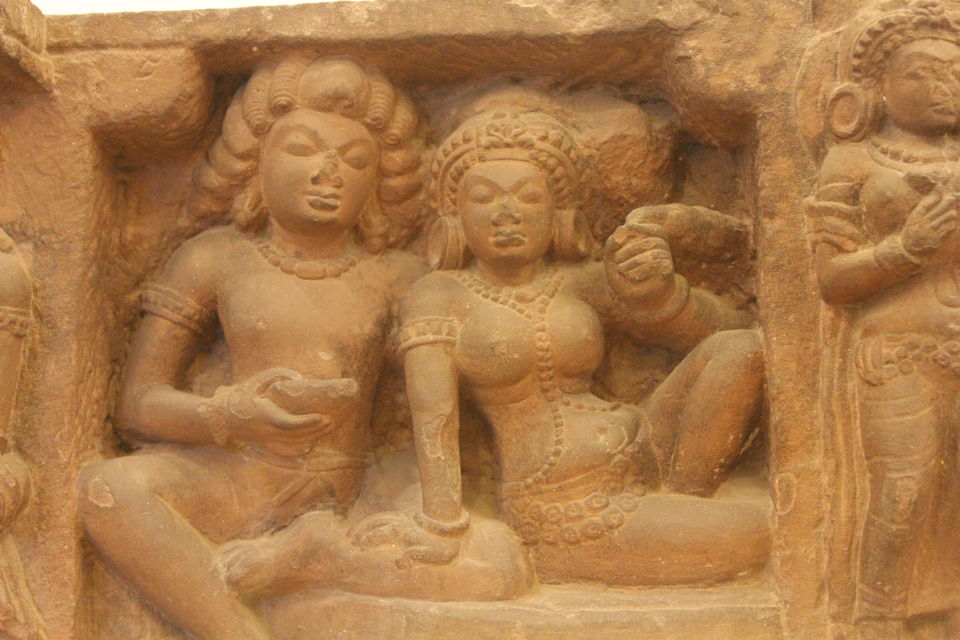
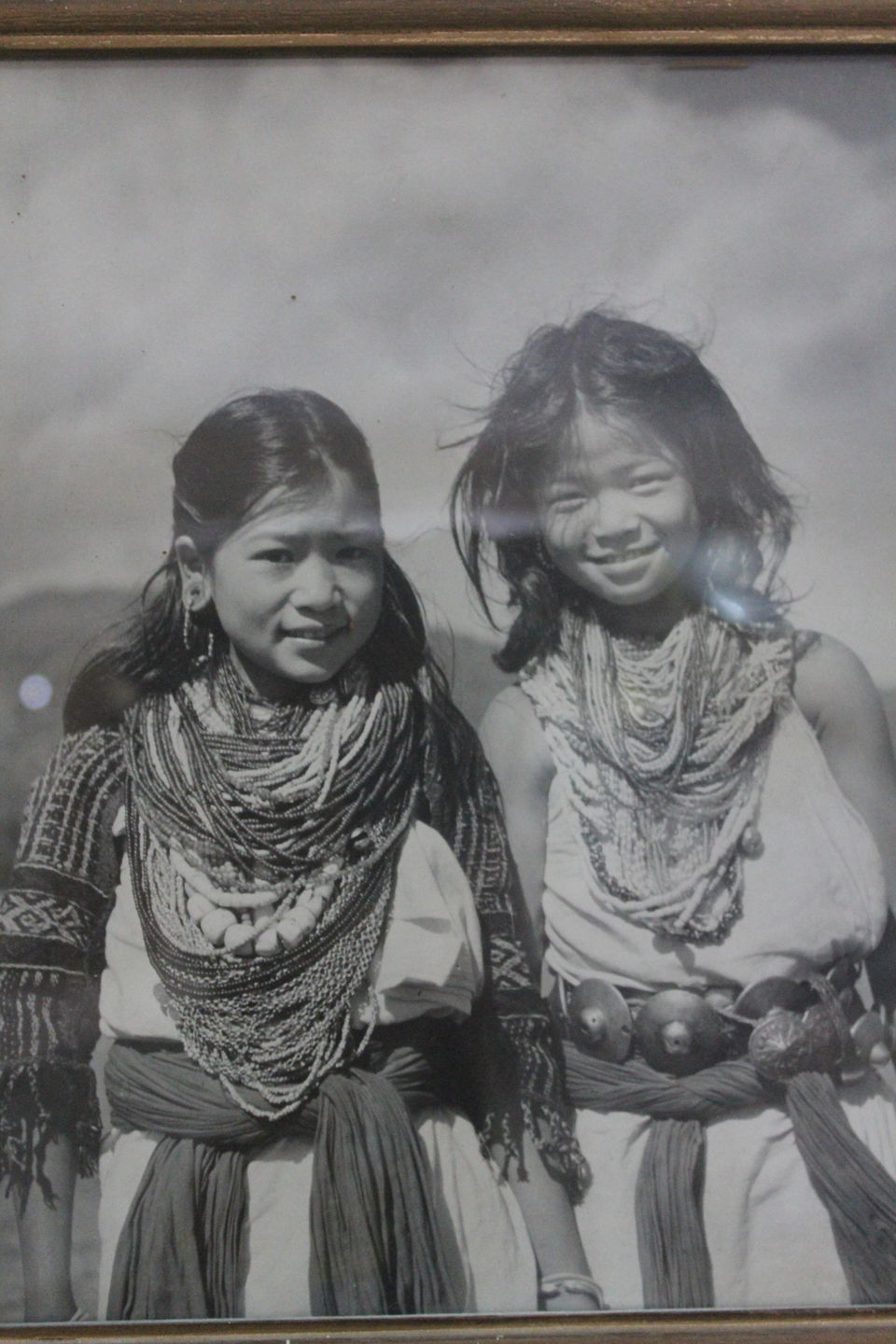
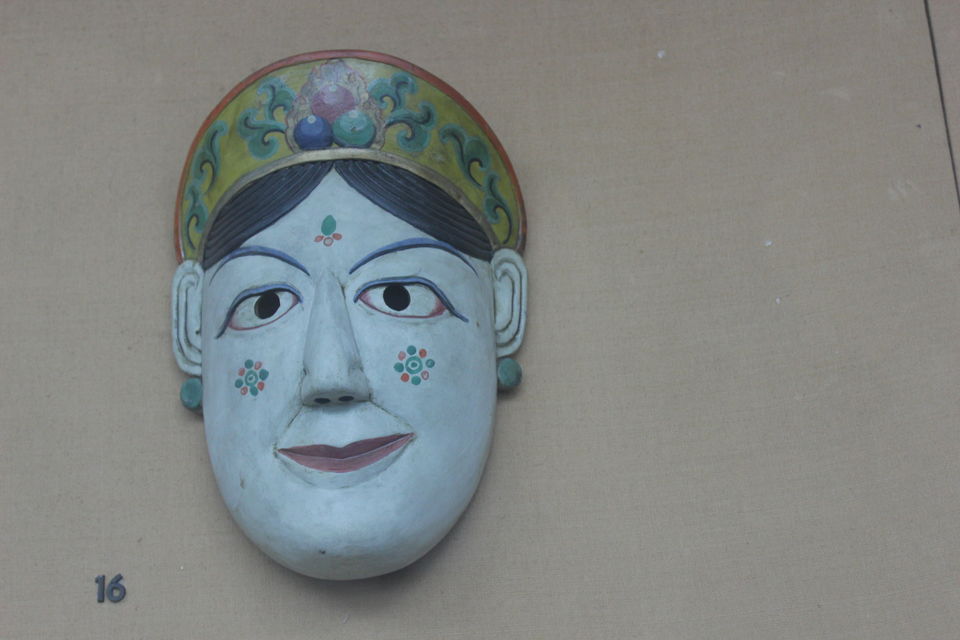
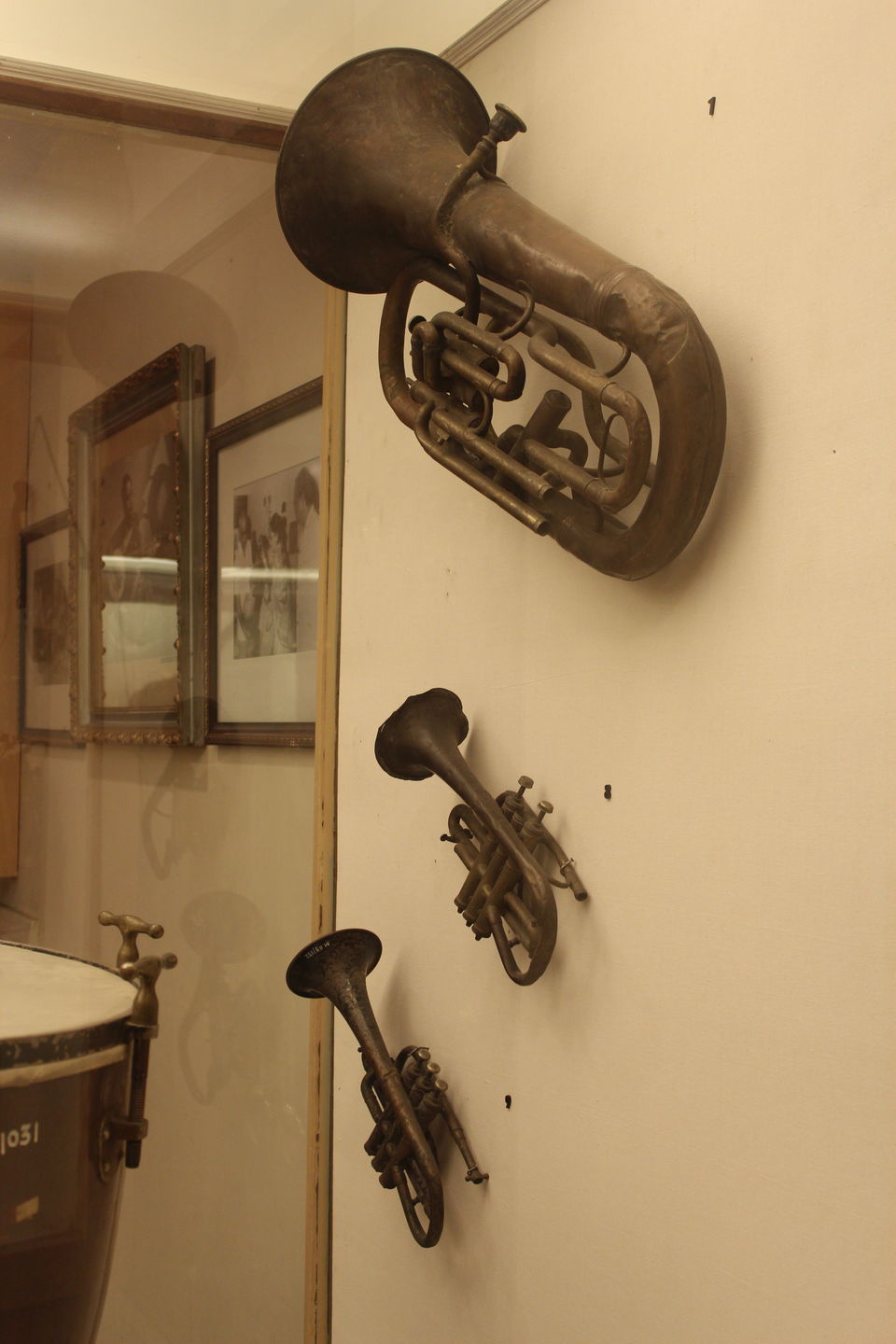
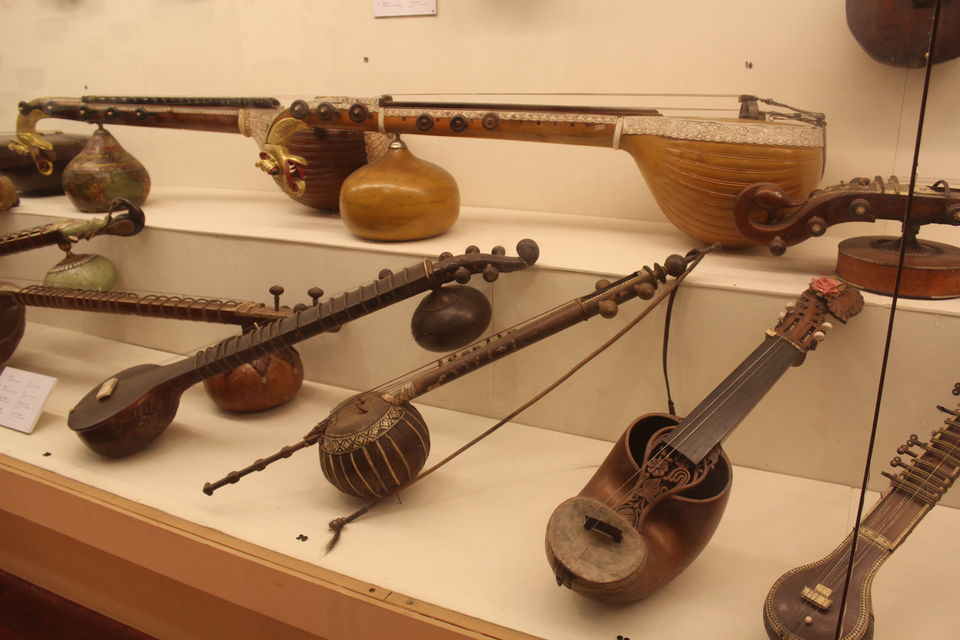
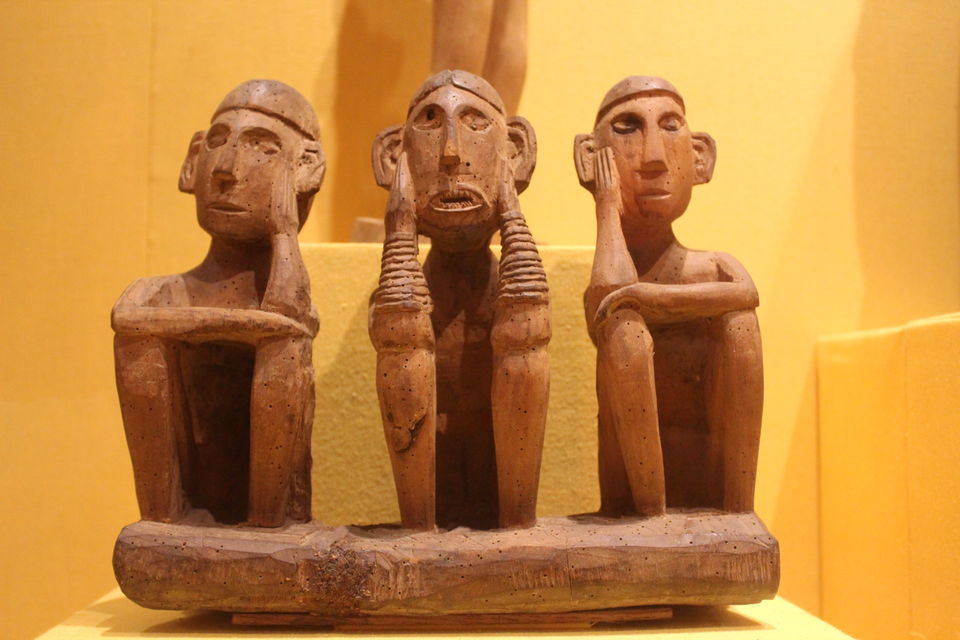
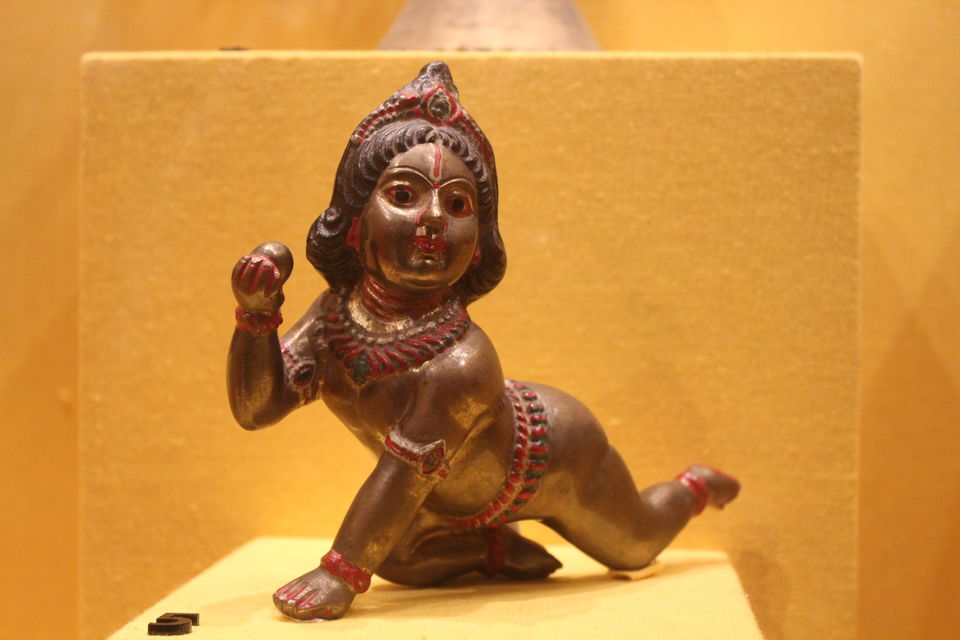
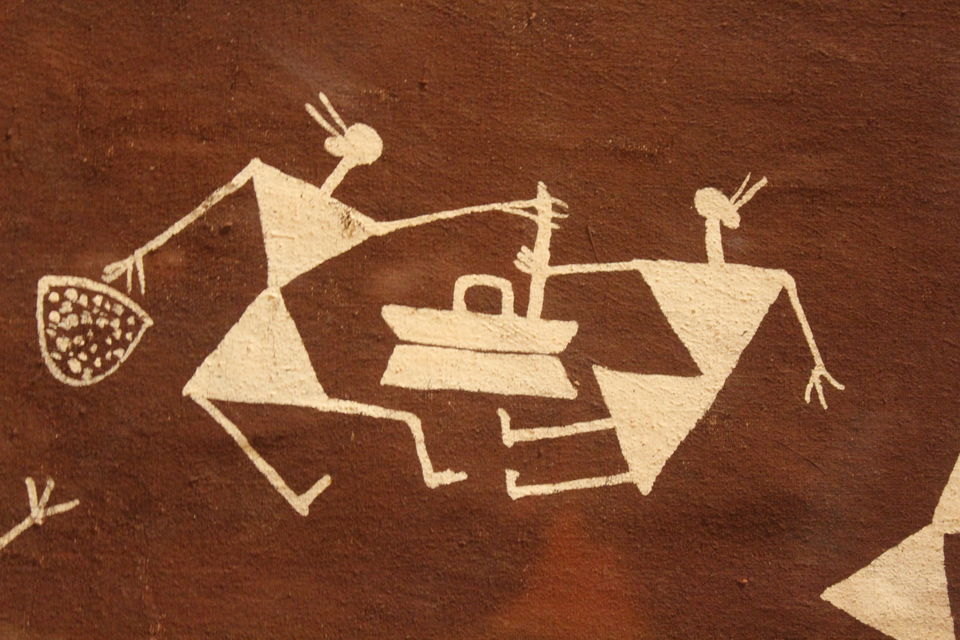
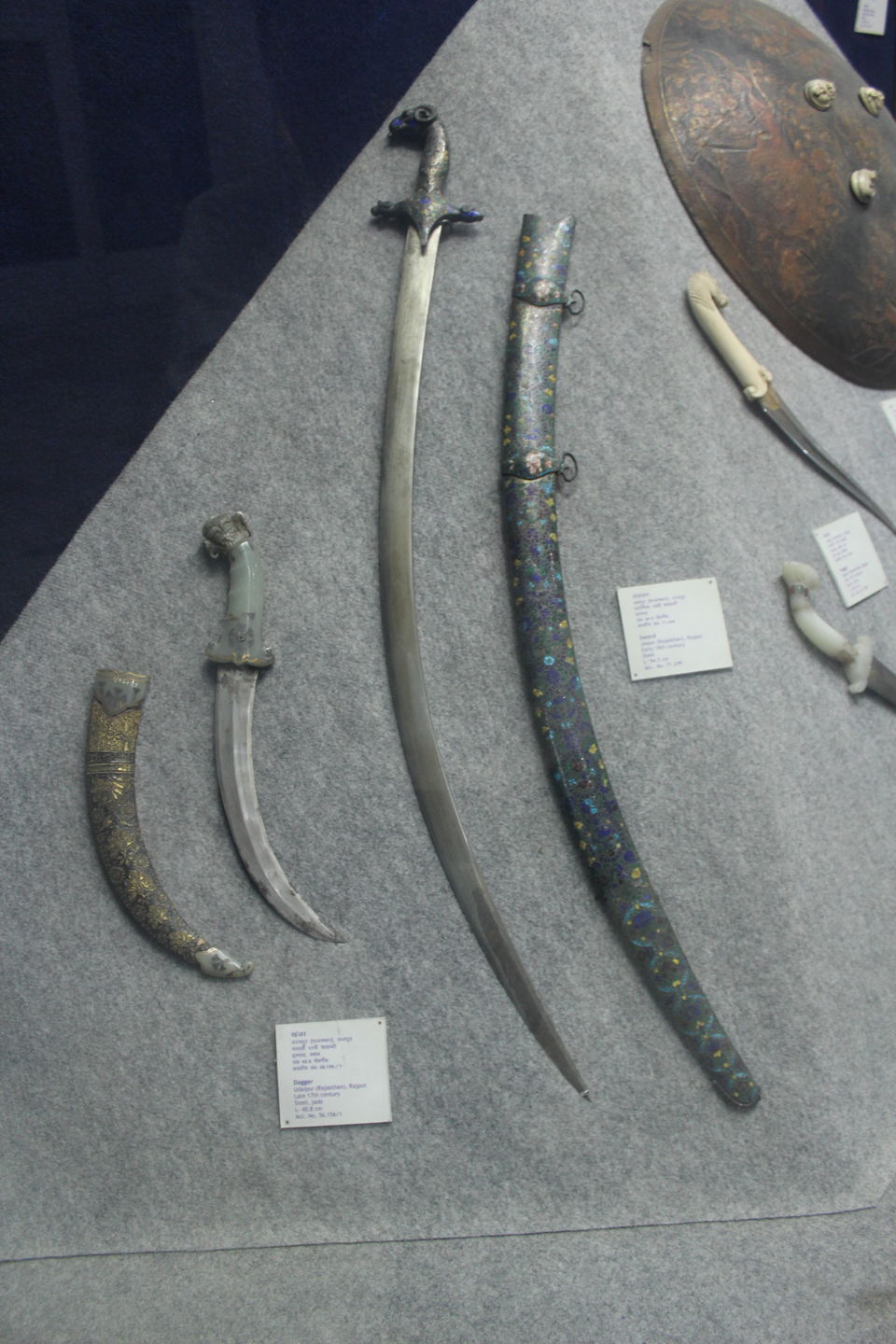
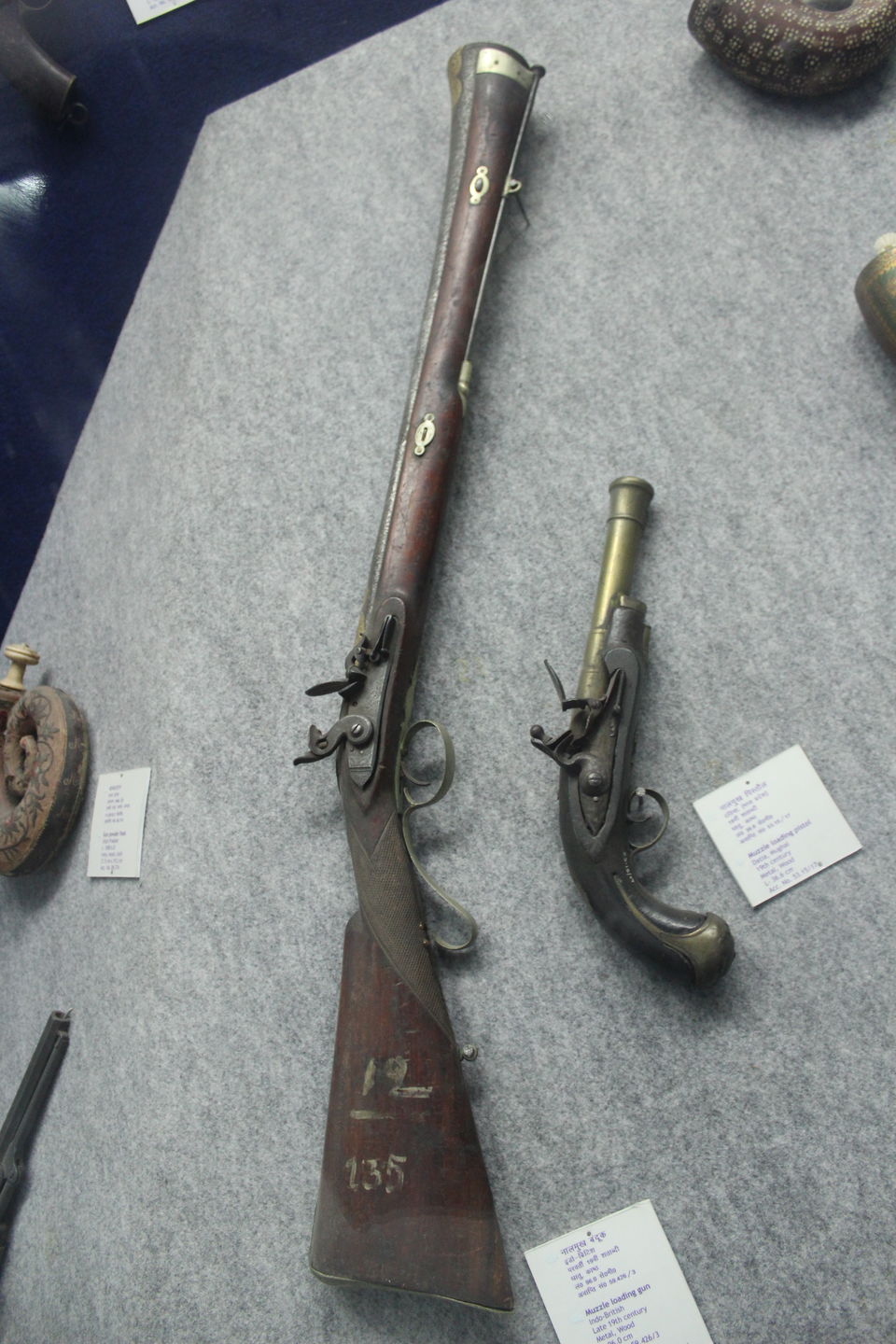
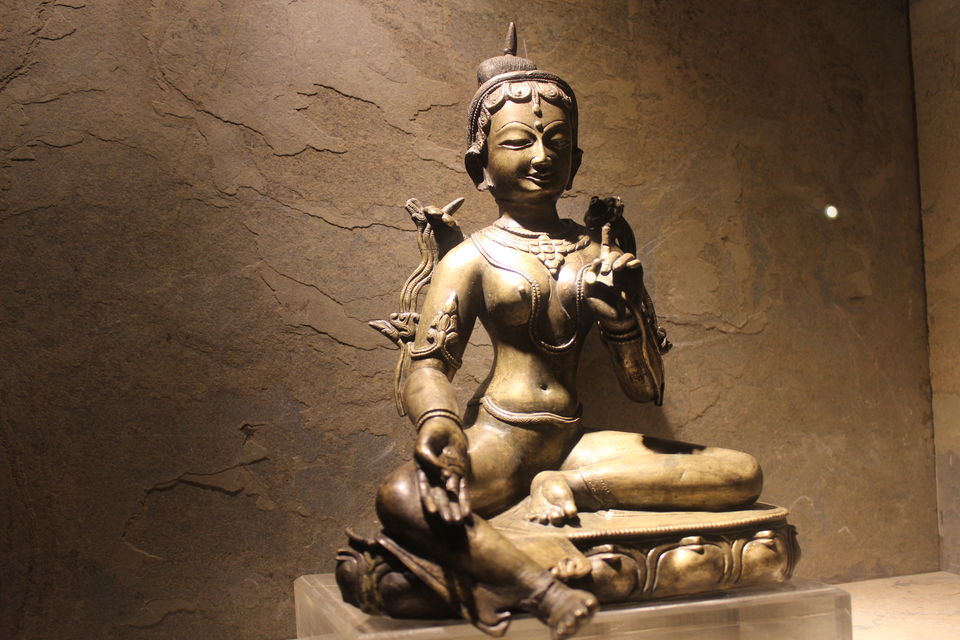
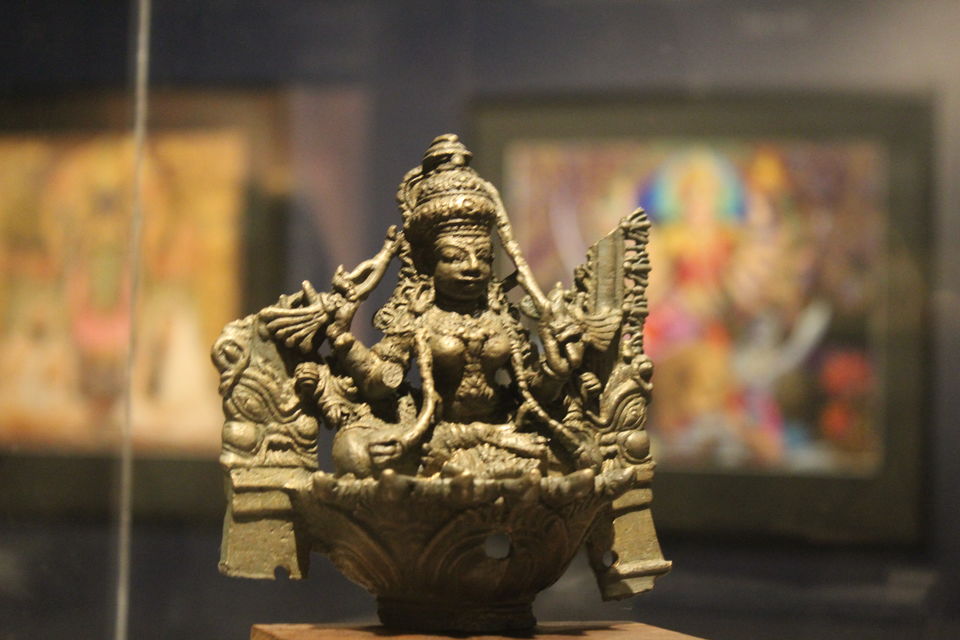
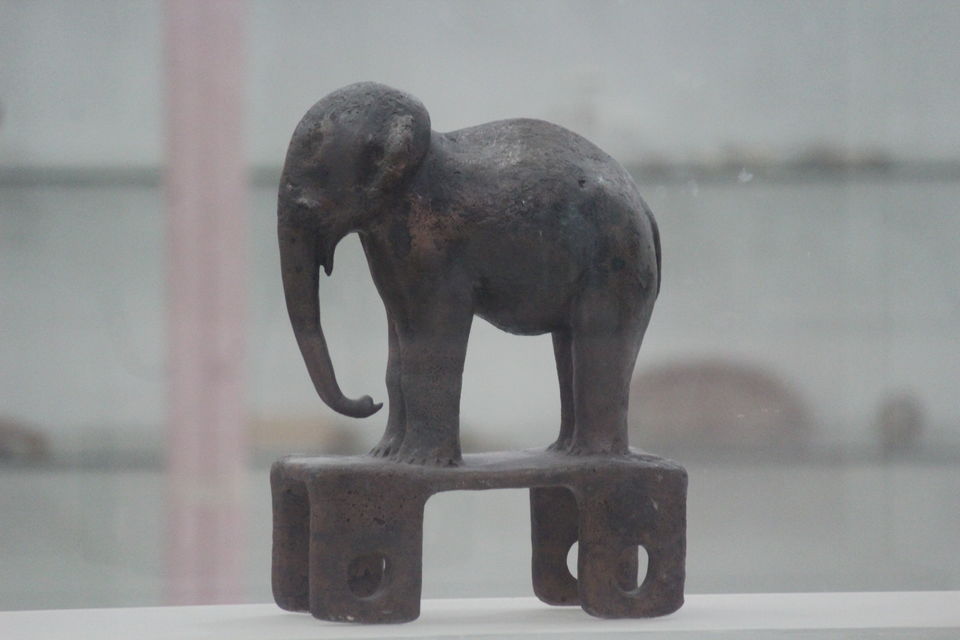
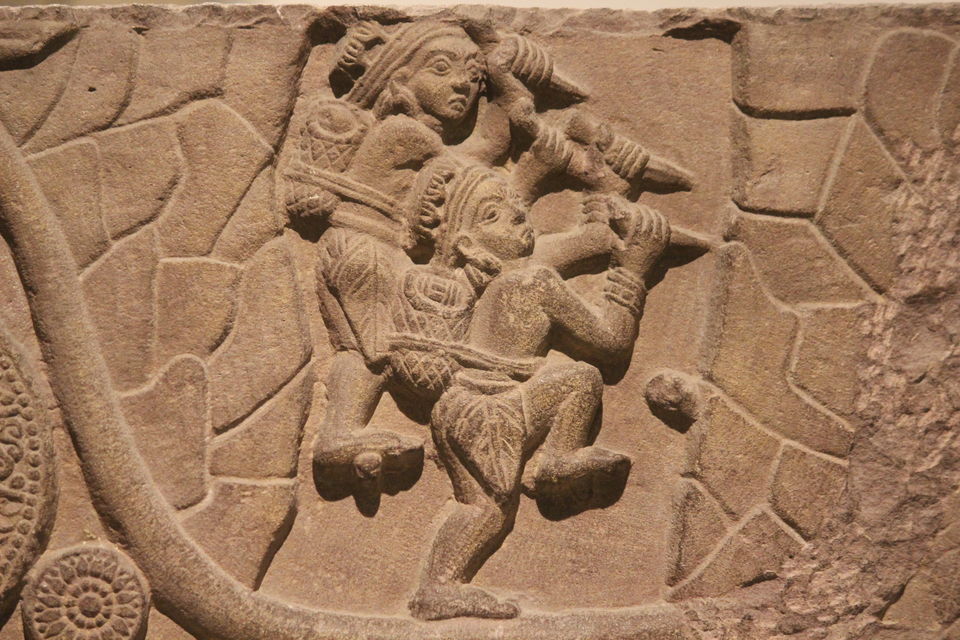
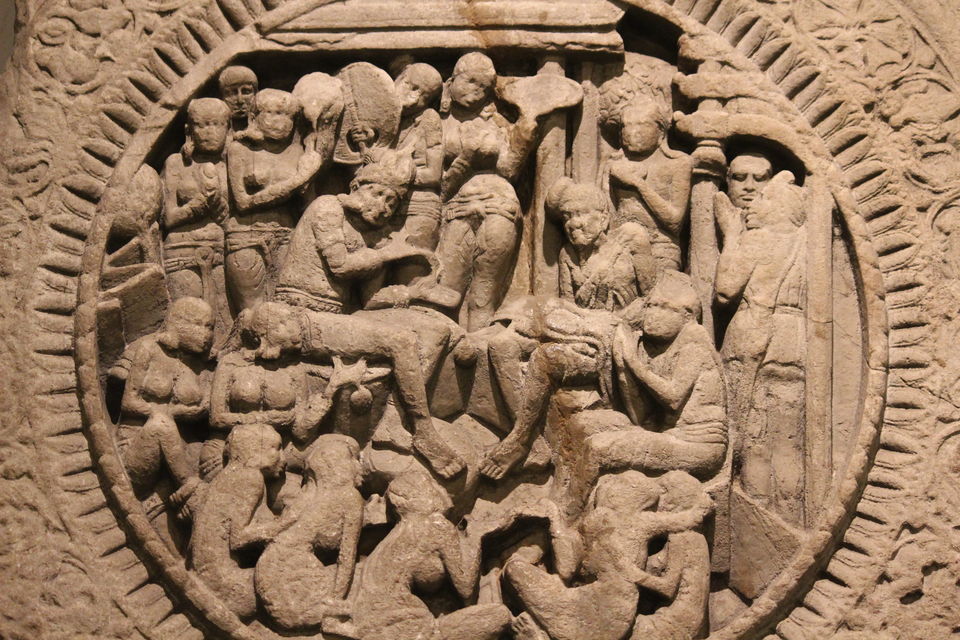
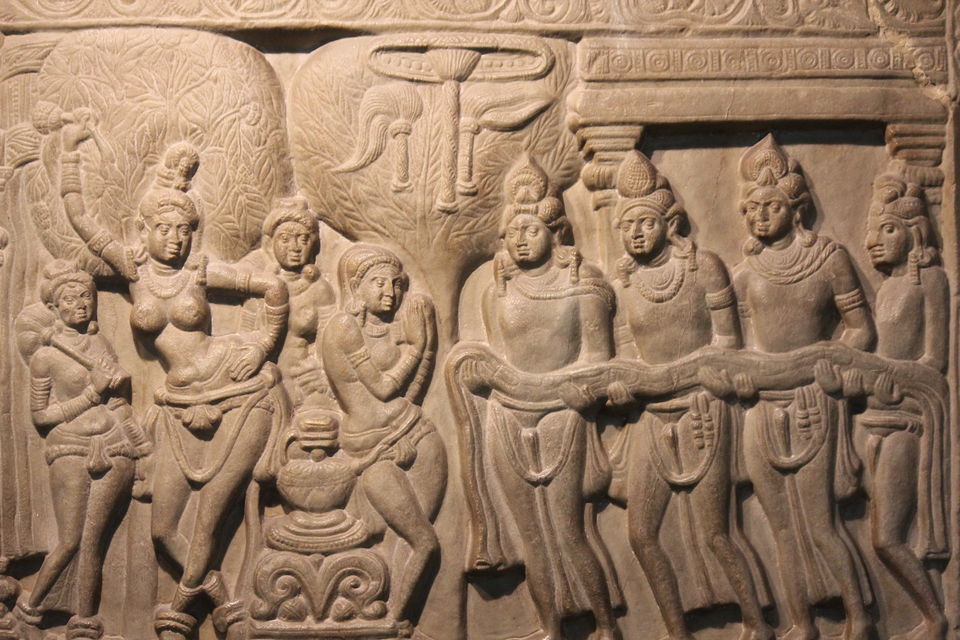
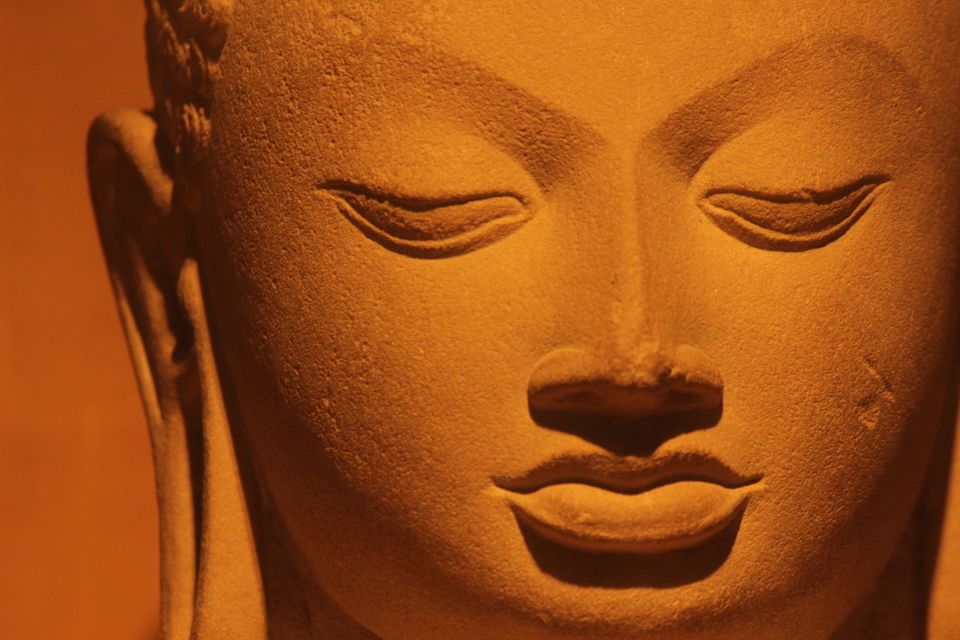
The National Museum is proud to be one of the biggest museums in India. It is one place where one can see all the art forms dating back to 5000 years. The art forms are from India as well as foreign countries. The museum is a place where the people from the Education/Academia field, the students, tourists and those who have a keen interest in History,Culture and Heritage can visit. The museum provides with a plethora of material from which anyone can get a insight about how the things were at some point of time when the civilizations were totally different and how cultures can sustain with the help of Art and craft for many years after they have ceased to exist.
National Museum is divided into many sections and sub sections, where different things are located starting from the ground to the second floor respectively. Few sections namely are:
- Archaeology
- Manuscripts
- Paintings
- Arms & Armour
- Decorative Arts
- Education
- Public Relations
- Publication
- Conservation
These are some sections which I am naming here. There is more to the museum than meets the eye. The Museum has over 200,000 works of art, mainly of Indian and some of foreign origin, engrossing more than 5,000 years of the rich cultural heritage of different sections of the world. Its rich handling of certain creative traditions and disciplines which is present as a symbol of unity amidst diversity, a not so similar mix of the past with the present and a very good perspective for the future which helps in bringing the history and the glorious past to our lives.
The most attractive part of the whole museum is the place where the Paintings are located. the paintings of different artists which represents the paintings of their times are unmatched in quality and their aesthetics, from the paintings of Mysore and Tanjore to the Miniature paintings of Mughals, Rajasthan etc all are a example of how the lives of people were documented when there were no cameras or technology.
The other section which caught my eye the most was The Buddhist Artefact Gallery. In this section the memoirs of Buddha are kept and the best thing about it is that the artefacts have arrived from different parts of the world and are assembled at one place. Those who draw an inspiration from the life of Buddha have a lot to take back from this section.
The other sections which hold the interest of its visitors are the Armour and Arms Gallery which contains the diiferent arms and ammunitions from the Stone to the Modern age. It is always intriguing to see how the people protected their land with the help of arms and how it was a cutting edge technology at that point of time.
The other sections which are worth exploring are the Decorative Arts, Manuscripts and Textiles Gallery. All these galleries contain such material which represent the things which humans made in order to beautify their lives and also increased their knowledge as well as comfort. The documentation of different cultures at any point of time is too important, and the manuscript section tells this story wonderfully.
One can also visit the Sharan Rani Bakliwal Musical Instruments Gallery to have a look at the different musical instruments tribal, folk and classical groups. The collection is divided basically into Wind, String and Percussion Instruments.
There is a lot to be discovered in the museum and rather than reading about everything on the internet, it would be great if one visits this place which has enormous knowledge engraved in every nook and corner. The museum has things which represent the legacy of the past but recently a new gallery in which the objects from a wide geographical communities which represent a social cohesion was started recently. It basically has objects gathered from private traders and a lot of tribal communities from around India.
I have not uploaded all the pictures because I believe rather than seeing this place here, visit it by taking out almost a day so that you can understand this place and also what it has to offer.
Hope you don't miss this amazing place when you visit Delhi.
Remember that the Museum is closed on Mondays and the entry fees is quite nominal(INR 10 for Indians, INR 1 for students and Rs 300 for foreigners), if you have your student id, do not forget to take it with you.
Take a Auto or maybe use the Metro to reach the museum.The nearest metro is Central Secretariat on the Violet line.
Spend some time and Increase your wisdom. You may come here with a lot of things maybe but after you go back, I am sure you will have gathered enough knowledge about India and its Culture and Heritage.
Frequent Searches Leading To This Page:-
museums in delhi, national museum in delhi, museums trips in delhi, report on visit to national museum in delhi, Delhi tour packages includes museums
















